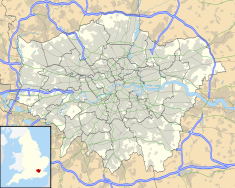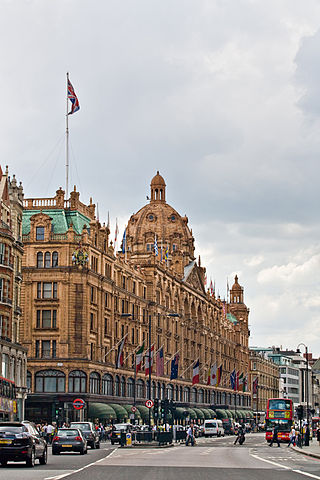
Knightsbridge is a residential and retail district in central London, south of Hyde Park. It is identified in the London Plan as one of two international retail centres in London, alongside the West End. Knightsbridge is also the name of the roadway which runs near the south side of Hyde Park from Hyde Park Corner.

Knightsbridge is a London Underground station in Knightsbridge, London. It is on the Piccadilly line between South Kensington and Hyde Park Corner, and is in Travelcard Zone 1.
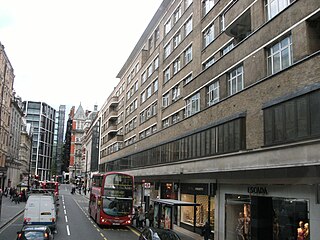
Sloane Street is a major London street in the Royal Borough of Kensington and Chelsea which runs north to south, from Knightsbridge to Sloane Square, crossing Pont Street about halfway along.

Harrods Estates is a London-based estate agent which offer services for buying, renting and managing property. Harrods Estates was started in 1897 and has expanded gradually since then. In 2005 a second office was opened in Mayfair then in 2013 a third office opened in Chelsea. In May 2015 a fourth office opened in Kensington Church Street.

The Bristol Crown Court is a Crown Court venue which deals with criminal cases at Small Street in Bristol, England. The building, which was completed in 1868, was previously used as a main post office before it was converted for judicial use in the early 1990s.
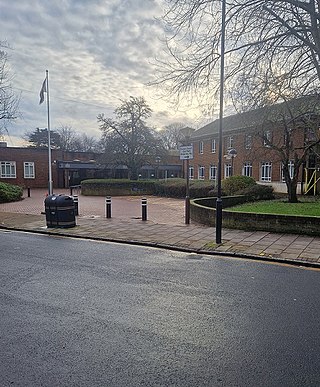
Isleworth Crown Court is a Crown Court centre which deals with criminal cases at 36 Ridgeway Road, Isleworth, London.

Wood Green Crown Court is a Crown Court venue which deals with criminal cases on Lordship Lane, Wood Green, London, England.
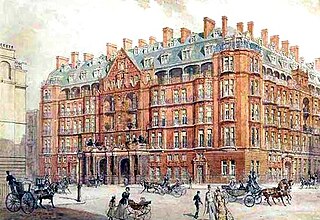
Charles William Stephens was a British architect. As architect to the Harrods department store in London from 1892 until his death, he was responsible for the store's famous Baroque-style façade on Brompton Road. His other designs include Harvey Nichols department store, the new Claridge's hotel, 54 Parkside, and the Park Lane Hotel, all in London.

St Albans Crown Court is a Crown Court venue, which deals with criminal cases, in Bricket Road, St Albans, England.
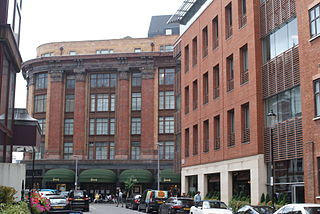
Basil Street, originally known as North Street, is a street in London's Knightsbridge. It was laid out in the second half of the eighteenth century on land belonging to Lord Cadogan and runs between Sloane Street in the north and the junction of Walton Place and Hans Road in the south. It is joined on its east side by Pavilion Road and Rysbrack Street and crossed by Hans Crescent. Architecturally, it is notable for the design of its blocks of mansion flats. Fashion designer Charles Creed had his premises there after the war and in the 1960s, the first meetings that led to Monty Python's Flying Circus were held at a flat in the street.

Hanley Town Hall is a municipal building in Albion Square in Hanley, Staffordshire, England. The building, which is used as the local register office, is a Grade II listed building.

The Bradford Law Courts is a Crown Court venue, which deals with criminal cases, as well as a County Court venue, which deals with civil cases, at Exchange Square, off Drake Street, Bradford, England.
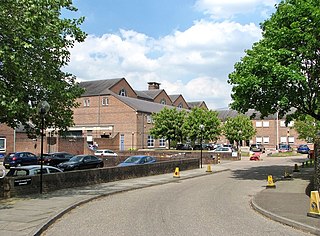
The Norwich Law Courts is a Crown Court venue, which deals with criminal cases, as well as a County Court venue, which deals with civil cases, in Bishopgate, Norwich, England.

The Oxford Combined Court Centre is a Crown Court venue, which deals with criminal cases, as well as a County Court venue, which deals with civil cases, in St Aldate's, Oxford, England.
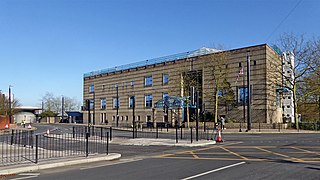
The Wolverhampton Combined Court Centre is a Crown Court venue, which deals with criminal cases, as well as a County Court, which deals with civil cases, in Pipers Row, Wolverhampton, England.

The Derby Combined Court Centre is a Crown Court venue, which deals with criminal cases, as well as a County Court, which deals with civil cases, in Morledge, Derby, England.
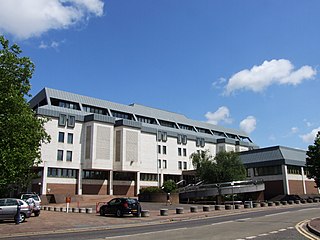
The Maidstone Law Courts is a Crown Court venue, which deals with criminal cases, as well as a County Court venue, which deals with civil cases, in Barker Road, Maidstone, England.

Bolton Law Courts is a Crown Court venue, which deals with criminal cases, and a County Court venue, which deals with civil cases, in Black Horse Street, Bolton, England.

Grimsby Combined Court Centre is a Crown Court venue which deals with criminal cases, as well as a County Court venue, which deals with civil cases, in Town Hall Square, Grimsby, England.
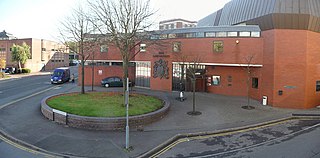
Swindon Law Courts, also known as Swindon Combined Court Centre, is a Crown Court venue which deals with criminal cases, as well as a County Court venue, which deals with civil cases, in Islington Street, Swindon, England.

